 Do you sometimes wish that you could reach into the TV and pluck the coffee table right out of Don Draper’s living room? And if you did, don’t you dream that it would somehow be affordable? Well, that was basically what C. Sevin Salomone, the mastermind behind the local foureyes Furniture, had in mind, too! His wood furniture designs are refreshing, yet reminiscent of all that mid-century beauty we fall all over ourselves for, and all for prices that won’t make you cry tears of unaffordability. Salomone, who actually goes by Chris (that’s the C., you see), does custom orders as well as selling a handful of designs he created from scratch. His pre-existing pieces start around $325 for a basic (though captivating) coffee table, and top out at $2600 for a sweet bookshelf/cabinet combo. Commissioned pieces’ pricing will vary.
Do you sometimes wish that you could reach into the TV and pluck the coffee table right out of Don Draper’s living room? And if you did, don’t you dream that it would somehow be affordable? Well, that was basically what C. Sevin Salomone, the mastermind behind the local foureyes Furniture, had in mind, too! His wood furniture designs are refreshing, yet reminiscent of all that mid-century beauty we fall all over ourselves for, and all for prices that won’t make you cry tears of unaffordability. Salomone, who actually goes by Chris (that’s the C., you see), does custom orders as well as selling a handful of designs he created from scratch. His pre-existing pieces start around $325 for a basic (though captivating) coffee table, and top out at $2600 for a sweet bookshelf/cabinet combo. Commissioned pieces’ pricing will vary.
We sat down with Chris and decided to pick his brain about everything under the sun, including what makes a house a home and his tips for furnishing on a budget. We love him and his quirky names of his pieces as well as his fun, stream-of-consciousness furniture descriptions that left us giggling and sometimes scratching our collective head. If you want to check out his wares, you can find him here.
-
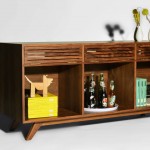
-
“Richard”
-

-
Dresser for Baby’s Room
-

-
Inaugural chair design!
-

-
“Meanole”
-

-
“Bad Larry”
-

-
“Sevin-ct”
-

-
“Welcmoe” (no, you’re not dyslexic, that’s how it’s spelled)
-

-
Video Game Stand
-

-
“Stealthy”
-

-
“Sevin-st”
-

-
“Silver Fox”
Q: Where do you currently live? How did you select what area to live in?
A: I currently live in Whittier. We selected our area based off several factors. An obvious major one is convenience, my wife works in uptown Whittier and I work in Orange County (Fullerton). Next, we knew we were probably going to live in whatever house we bought for a good number of years, start a family there, etc… We both grew up relatively close to where we live now, and neither of us had any complaints about it.
I love Whittier. Just like most cities in LA County, there is a lot of diversity here. Our neighborhood is very middle class, but if you were to draw a 2 mile radius around our house, you could find everything from homes costing millions of dollars in the hills, to…let’s just say…places that aren’t so nice. I know having “not so nice” places sounds like a weird thing to be thankful for but it gives a city character. Plus, some of the best food comes from those “not so nice places.”
Q: Does your home’s architectural style influence your interior decor in any way? How about your neighborhood?
A: Our house and neighborhood is your typical 1950s southern California tract housing affair. For the most part, I think that type of architecture is pretty adaptable to most interior decor styles. Ours, I would describe as “mid century modern slash whimsical.” That said, I think that architecture should definitely dictate interior decor. In other words, I think that a mid century modern Eichler house outfitted with a bunch of really ornate Victorian furniture would look a little goofy, in a bad way. Conversely, I can’t tell you how many times I’ve seen a house tour on a website/blog of a MCM house with all of the same MCM furniture I’ve seen in 50 other house tours. It’s nice to see something unexpected once in a while. Who knows, maybe a Chippendale era Highboy would be just the unexpected twist I’ve been jonesing for.
Q: Do you work from home? What do you think is important in a workspace, both functionally and aesthetically?
A: Of the work I do from home, most of it is in the garage (save for 3D modeling, responding to clients, etc…). When it comes to the garage and having a full work shop out there, space is at a premium…so the most important thing to me is organization and functionality…and aesthetics don’t really factor into the equation. Of course, if you were to look at my workshop while I’m in the middle of two projects, for example, I’d probably look like a bit of a hypocrite, because my garage definitely looks like a tornado swept through during those times.
For an office in general though, I definitely think aesthetics are important. The bottom line is, you want to feel happy and comfortable wherever you are. If a beautiful desk makes you a little happier when you walk into your office, or entices you to keep going for one more hour, that’s tangible. And of course, if your office is a place where clients visit, that ramps it up to a whole new level.
Q: Who and/or what influences your design style? How would you describe your design aesthetics and values?
A: My aesthetic is definitely minimalistic and clean. If you look at my website, you’ll see lots of angles and tapers, and no ornate moldings or embellishments. I’m influenced by lots of things, I’d be lying if I said I wasn’t influenced by other furniture I see. I guess I like things that look simple or effortless…even though they might not actually be.
Q: How can renters, some of whom are working with a limited budget, give some life to a sometimes cookie cutter living space?
A: I think one of the most cost effective ways you can personalize a space is with artwork/photography. One of the first things my wife and I did when we first bought our house and had a small budget, was buy a mat cutter (which is about $90…and anybody can learn to use it pretty quickly); depending on the price of the art you buy, or if you can make/print your own, price of frames and mat board, if you keep it reasonable you could make a huge difference for about $500.
Another tip I would give people is experiment with the layout of their rooms. I know it can be tough to push a bunch of bulky furniture all over the place, but you can download free 3d modeling programs like sketchup…and with about a 2 hour learning curve be adequate enough to draw out the dimensions of their rooms and furniture and then proceed to experiment with different layout ideas without hurting their backs. I think people have a tendency to push everything to the sides/corners…and sometimes that is the best solution, either way, sketchup is a quick way to find out.
Finally, play the long game. Don’t buy things just because you think you need them, buy things that you really like. That way you don’t end up replacing them in a year or two. You might spend a little more initially, but in the long run you’ll spend less. A nicely built piece, using quality materials (even if it is used off of craigslist) will usually last longer than you will.
Q: What comes first for you, the design materials or the design concept? Why wood in particular? Any plans to design plush items like sofas in the future?
A: I actually kind of landed on wood because I perceived it to be the most realistically attainable at the time. I’ve had ideas for things that would require molds and plastic injection, but I just feel like it would cost too much to prototype or really get into at this point.
My favorite parts of any build are designing, and then of course seeing the end result. Initially I looked at actual construction as a necessary evil. But as I’ve gained more experience and confidence, I’ve found the construction part to be more enjoyable. It’s kind of weird because it’s fun, but it’s a very different type of fun from, say driving a go-kart, or hanging out with friends; you’ll never really see me come in from the garage with a big smile on my face. But it gives you a sense of accomplishment, or satisfaction… and that’s what is fun.
As for sofas/upholstered chairs. That is something that I definitely have plans for in the future. I’ve built a few chairs (not on the website) so that I could start to gain the necessary skills involved…but I haven’t had the time, unfortunately, to come up with pieces to feature on my site. When I do, I will likely outsource the upholstering…so that it is of a quality equal to the woodworking.
Q: Your furniture pieces have unique names, how do you come up with them?
A: They come about a variety of ways. I guess most often there is some kind of story behind the name….or they come from some sort of slang that I used growing up. With custom pieces that go on to become regular pieces, I’ll let the client pick a name.
For example, last spring I built a custom credenza for a couple in Echo Park. They decided to name the piece “Richard” b/c the house next to theirs was designed by Richard Neutra.
If a client came up with something really obscene for the name, I might have an objection, but luckily, that hasn’t been a problem yet 🙂
Q: Could you describe the process of creating a piece -from conception to finish? The creative process as well as material selection and labor process, too?
A: If it’s a new piece I’m creating for the website/myself, I’ll start out with a very basic idea of what I want to build. Something like “I want to build a media console that is 30″H x 48″L x 21″D” that has a trapezoid shaped top”. Then I’ll start drawing, I’ll come up with about 3-7 ideas/versions. Once I’ve slept on them for a little while and really figured out which road I want to go down, I’ll start drawing the piece in more detail; making little micro adjustments until it is exactly how I want it aesthetically.
Next I’ll make a full 3D model with all of the joinery and construction methods I’m planning on using. If I’m unsure about anything, I’ll usually consult with other woodworkers to get their insight/experience, to make sure I’m not overlooking something, or overly complicating something.
For selecting the species of wood, I’ll usually decide based off of where the piece will reside, and what would physically work best. For my own items, I go with cherry and walnut most often because I like the way they look (and walnut, in my opinion, photographs nicely).
Next, I’ll go to the lumberyard and pick through pieces to find those that I think will work best aesthetically and physically for my project…then without getting into too much detail, I’ll begin the build. The build order can vary, but usually goes like this:
-Mill all the wood (that means making all of the lumber flat, evenly thick and with parallel faces and 90 degree corners.
– Rough out all of the components of the piece
– Cut all joinery (and pre-sand if possible)
– Glue up all pieces
– Final sanding
– Finishing
Now, I know a lot of people think building furniture is a two step process that involves 1. go to home depot, and 2. nail together a bunch of pieces of wood…but I’ll assure you it is much more involved and laborious than that. I will also mention, that it in each of the six steps I mentioned above are many little steps. It’s definitely a time consuming and complicated process…and there are lots of things that have to be considered/addressed when building any piece. I just don’t want to get super technical here.
Q: What makes you and your work different from other furniture makers?
A: One way I think that I’m probably different from some makers is that I have the luxury of having foureyes be a second job (as in not my sole source of income). In fact, I’ve only ever once had more than 2 projects going on simultaneously. For that reason, I think I converse/interact with my client’s more thoroughly than other maker’s might have the time, or desire, to.Were foureyes my sole source of income I’d probably have to hustle more, I’d probably get more annoyed when clients had unrealistic expectations, or if I perceived them to be wasting my time.
Q: Describe the commissioning process. What are the best and worst aspects about doing commissions?
A: Typically a potential client will call or email me, and I’ll usually be as involved as they are. So, if someone just writes and says “how much will this be”, then I’ll give them a short quick answer. If someone inquires about having something custom done, and they are unsure of something, or have lots of questions…I make sure that I spend the necessary time with them to help them understand exactly what they want, what the ballpark of prices would be and so forth.
Before I make them ever commit to spending anything, I’ll send them some drawings to make sure we’re on the exact same page, and I’ll give them a price quote. If changes are needed, or they want to see other ideas, I’ll send them other drawings and we’ll proceed down that path until they are completely satisfied and they sign off on all of the dimensions/options, etc…
Once agreed upon, I have them give a 50% deposit, and then pay the remaining balance upon completion. I think the best part is that it’s fun to work closely with a client, especially when they get to see some of their ideas become reality. The worst part is that, sometimes I can spend a couple hours working on something, and then have nothing come from it. But I’m ok with that. Perhaps someday I’ll become jaded and I won’t be, but for now it’s cool.
Q: What do you enjoy doing apart from designing and making furniture?
A: Mostly just spending time with family and friends. I also really love playing games of the video, card, and board variety. In terms of hobbies, I like anything creative really. I’ve always like graphic design, and lately I’ve been getting into web-design and programming.
Q: What is your favorite piece you’ve created and why?
A: That’s a tough one. I guess probably “Bad Larry,” just because I think it has a unique look. But I’m always most excited by whatever the newest idea I’ve had is. I have a ton of ideas I’m excited to work on…but I haven’t had the extra time to work on them lately.
Q: Anything else you’d like to mention to our blog readers?
A: I think I’ve said too much already.
 Do you sometimes wish that you could reach into the TV and pluck the coffee table right out of Don Draper’s living room? And if you did, don’t you dream that it would somehow be affordable? Well, that was basically what C. Sevin Salomone, the mastermind behind the local foureyes Furniture, had in mind, too! His wood furniture designs are refreshing, yet reminiscent of all that mid-century beauty we fall all over ourselves for, and all for prices that won’t make you cry tears of unaffordability. Salomone, who actually goes by Chris (that’s the C., you see), does custom orders as well as selling a handful of designs he created from scratch. His pre-existing pieces start around $325 for a basic (though captivating) coffee table, and top out at $2600 for a sweet bookshelf/cabinet combo. Commissioned pieces’ pricing will vary.
Do you sometimes wish that you could reach into the TV and pluck the coffee table right out of Don Draper’s living room? And if you did, don’t you dream that it would somehow be affordable? Well, that was basically what C. Sevin Salomone, the mastermind behind the local foureyes Furniture, had in mind, too! His wood furniture designs are refreshing, yet reminiscent of all that mid-century beauty we fall all over ourselves for, and all for prices that won’t make you cry tears of unaffordability. Salomone, who actually goes by Chris (that’s the C., you see), does custom orders as well as selling a handful of designs he created from scratch. His pre-existing pieces start around $325 for a basic (though captivating) coffee table, and top out at $2600 for a sweet bookshelf/cabinet combo. Commissioned pieces’ pricing will vary.



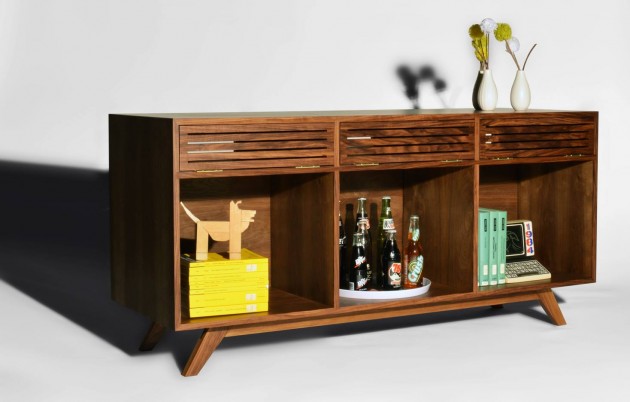














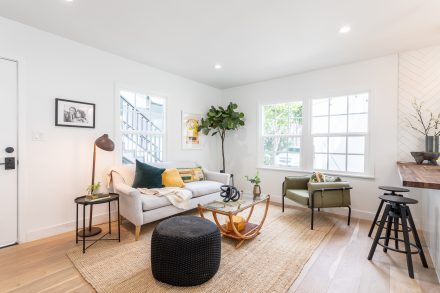
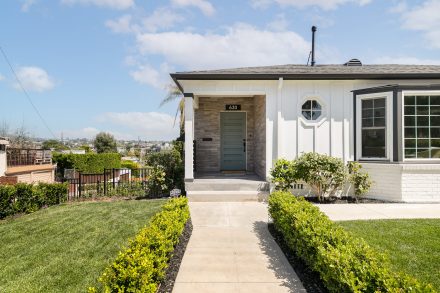
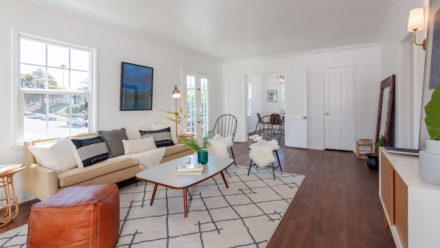
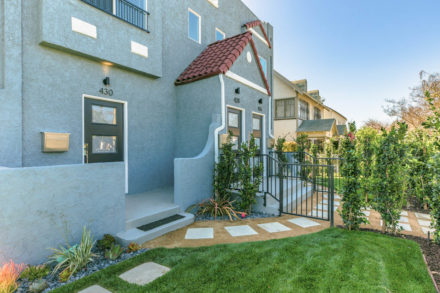
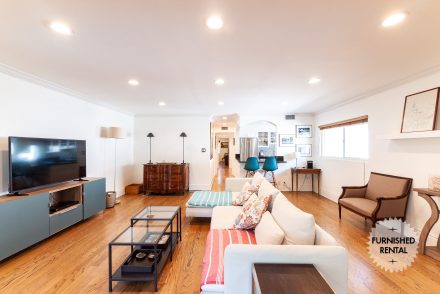
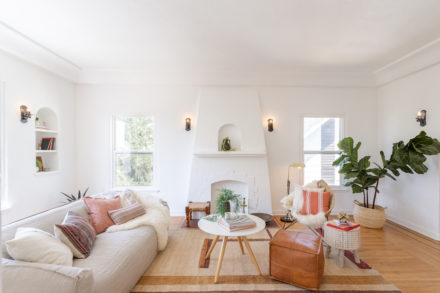
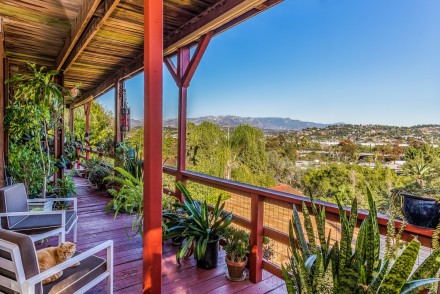

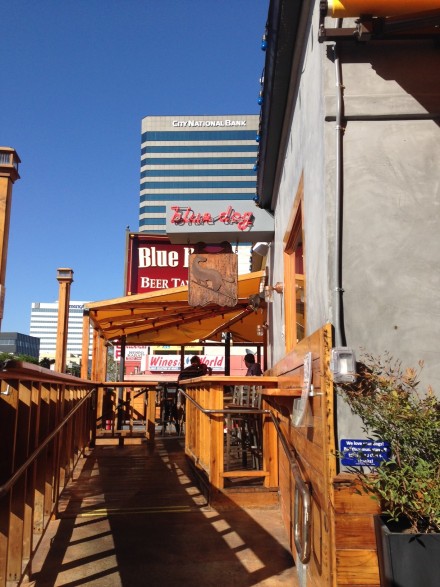
Hi! I simply would like to offer you a huge thumbs
up for the great info you’ve got here on this post. I will be coming back to your blog for more soon.